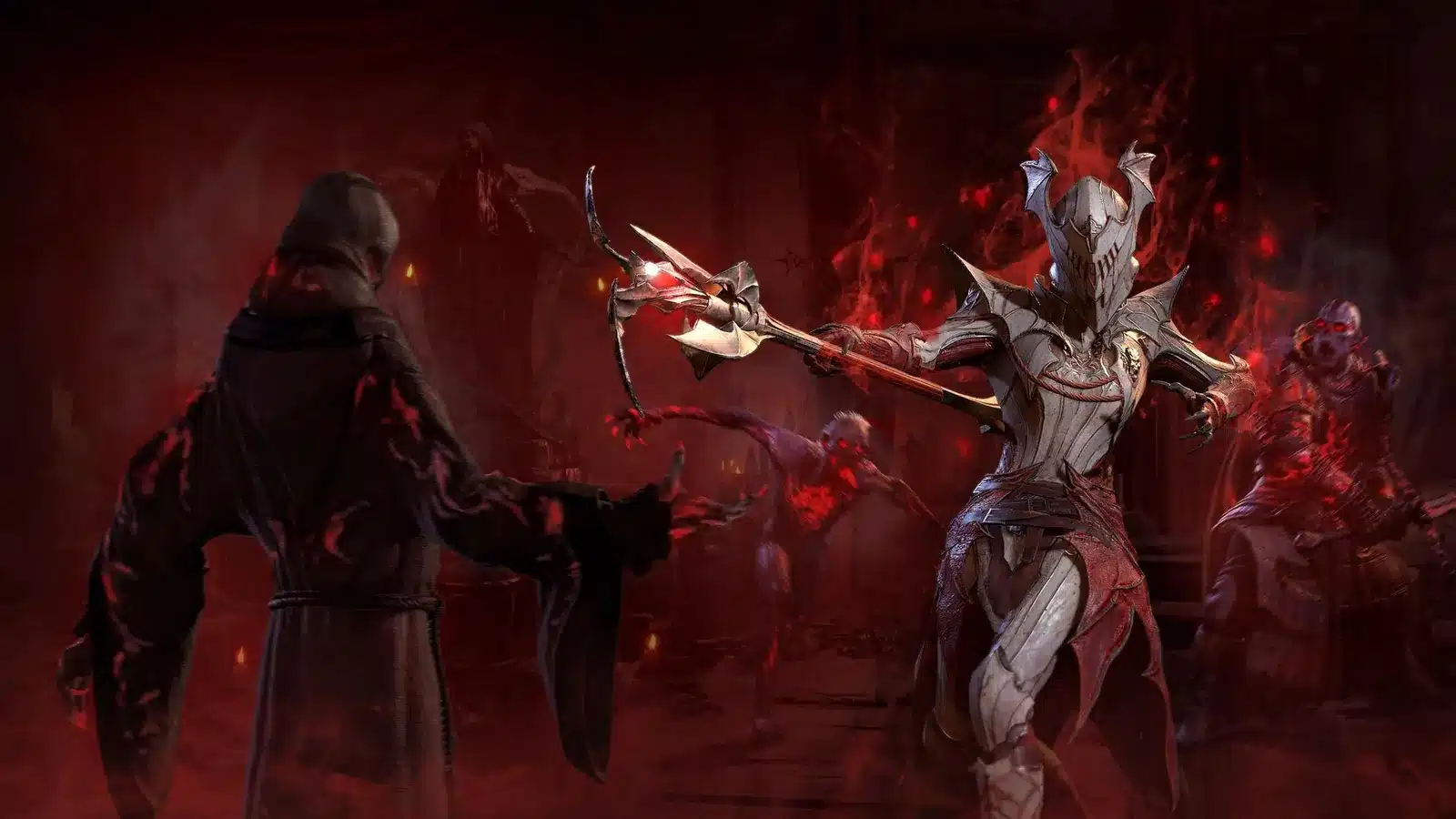Although the first DLC for Diablo 4 fell short of expectations, player anticipation for DLC2 remains high. Based on rumors from overseas sources and hints from Blizzard, the next expansion is shaping up to bring significant changes to release timing, class options, systems, and endgame gameplay.
DLC2 is unlikely to arrive before Q1 2026, with a release in Q2, Q3, or even during the game’s anniversary celebration being more plausible. This delay stems from several factors. The departure of core lead designer Rod Fergusson certainly impacted development pacing. While his conservative approach limited early game innovation, his personal investment—1600 hours played—showed deep commitment. However, the disastrous Season 6 and poorly received DLC1 eroded player trust, prompting Blizzard and Microsoft to proceed more cautiously with DLC2. A new lead designer will likely overhaul much of the content, requiring additional development time. Furthermore, recent major system changes like the introduction of Ascended Nightmares in Season 9 and the new Chaotic Unique system in Diablo 4 Season 10 mean DLC2 must align with a significantly altered game foundation. If Blizzard follows its previous pre-order and testing patterns—opening pre-orders 2–3 seasons early and conducting alpha tests one season ahead—a release before spring 2026 seems unlikely.
As for the new class, almost all signs point to the return of the Crusader or Paladin. This choice balances popularity with design stability. The failure of the Spiritborn in DLC1 highlighted the risks of experimental classes, while the Crusader—a staple in Diablo II and III—comes with an established skill set and strong player recognition, minimizing design risk. Former lead Rod Fergusson also publicly hinted at this direction, making it even more likely. Introducing a beloved class is the most straightforward way to win back player trust and drive DLC2 sales.
On the systems side, DLC2 is expected to raise the level cap, add new skills, and rework the Legendary Aspect system. Many existing Aspects—such as Elemental and Punishment Aspects—are currently ignored. Leaked diagrams suggest these underused powers may be integrated into a tree-like progression system, unlocked through quests or levels, similar to the Altar of Rites in Diablo III. Additionally, the underwhelming Sigil system from DLC1, which felt inconsequential and overly complex, is likely to be replaced with more direct and rewarding progression mechanics. Players want tangible power gains, not unnecessary complexity.
The return of Set Items is perhaps one of the most anticipated features of DLC2. In the current endgame of Diablo 4 Season 10, some builds rely too heavily on specific rare Uniques like “False Death,” limiting build diversity. Sets are expected to drop globally and be easier to obtain than Mythic Uniques, making them more accessible to casual players. More importantly, Sets can compensate for underperforming skills through powerful bonuses and effects, revitalizing forgotten builds like Blade Dance, Direct Damage Whirlwind, and Ice Shards. From a design perspective, Sets occupy multiple item slots, making them easier to balance. Players can look forward to a Diablo III-style meta where multiple Sets support different playstyles, possibly even enabling mixed-set bonuses and unique Aspect interactions, greatly enriching gearing strategies.
The Ladder system is expected to launch alongside or shortly before DLC2, but current build homogeneity poses a challenge. In Season 9, for example, Wizard progression was dominated by Hydra builds, with little variety. The introduction of Sets could change this, much like in Diablo III, where different Sets enable diverse top-tier builds, adding depth to competitive play. A healthy ladder environment should allow players to succeed with their preferred builds, not force them into a single meta.
Overall, the success of DLC2 will depend heavily on whether Blizzard learns from the mistakes of DLC1. By introducing a fan-favorite class like the Crusader, refining Aspects and progression systems, using Sets to encourage build diversity, and supporting long-term engagement through the Ladder, DLC2 could become Diablo 4’s “Reaper of Souls” moment—breathing new life into the game.

